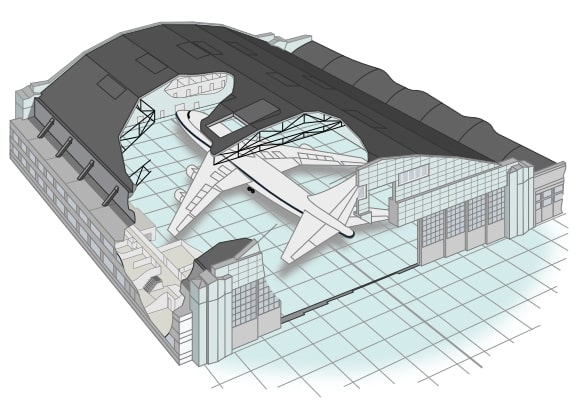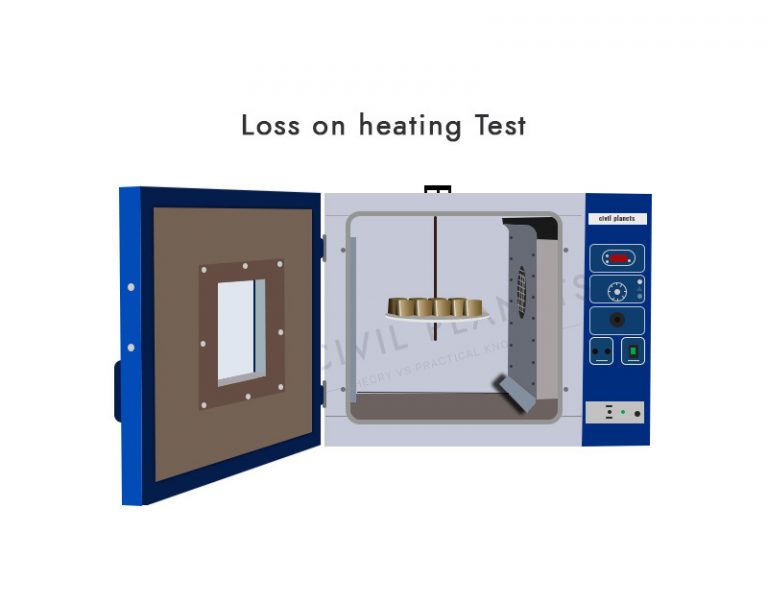The highway plays a vital role in the country’s economic growth by connecting people and transporting goods.
We may unaware of many implementations that the experts used for our safety while we are on the road. One of them is Super Elevation. The term super elevation denoted in both road and railway transport, especially in curved pathways.
What is Super Elevation?
To counteract the centrifugal force and to reduce the skid force on the turning curve, a slope provided on the outer edge of the road is called super elevation.
The maximum value of super elevation providence as per the Indian road congress is 1 in 15.
The necessity of Super Elevation (Advantages)
Have you driven a bike or car faster on a curved road? 
While turning a curve, the vehicle loses its control and slightly moves outward from the center of the road due to the centrifugal force. It pushes the vehicle to the other end which might overturn the vehicle.
So to control the oscillation, and to avoid any accidents, the outer edge of the road will be constructed in such a way that it slightly sloped high to the inner side. It is called super elevation or banking of the road.
Advantages
- Prevents the vehicle from skidding or overturn
- Increases the stability of the moving vehicle.
- No need to slow down in a curved pathway.
Super Elevation formula

The formula for finding the super elevation is e= h= BV2/gR
Where,
e = super elevation of the road
B = Breadth of the road
g = gravity 9.81 m/s
R = Radius of the curvature
V = velocity/Speed of the vehicle
Let us discuss how the super elevation formula has arrived.
Design Analysis
When a vehicle is moving, the following forces will act on it,
Forces acting on the vehicle, (Every structure has its types of loads)
w – Weight of the vehicle
F1, F2 – Frictional forces
P – Centrifugal force

Where, 𝚹1 = 𝚹2
(Tan 𝚹 = perpendicular/base = rise/run)
Tan𝚹1 = Tan𝚹2
e/B = P/W (here w is width of the road)
P – centrifugal force = mv2/R and W = mg
e/B = (mv2/R /mg)
e/B = v2 /gR
e = BV2/gR
Minimum & Maximum Limits
The minimum & maximum limits are based on the terrain conditions & class of road.
The elevation should not provide too high because it pushes down the vehicle movement. The maximum elevation for snowfall areas is 7% & 10% for others.
The recommended minimum super elevation provision for the road as per IRC is given below table.
| Class of road | Slope Provision |
| Bituminous or cement concrete road | 1.7 to 2
(1 in 60 to 1 in 50) |
| Thin bituminous road | 2.5 to 3
(1 in 50 to 1 in 40) |
| WBM or Gravel road | 2.5 to 3
(1 in 40 to 1 in 33) |
| Earth road | 3 to 4
(1 in 33 to 1 in 25) |
How to Calculate Super Elevation? – Example Calculation
Let’s see an example,
How to calculate the super elevation for 9m wide road, radius 300m, the speed of a vehicle is 60 KMPH & centrifugal ratio 1/10 (allowable limit)?
e = BV2/gR (Super Elevation Formula)
B – 9m ; V – 60KMPH – 16.66 m/s ; g – 9.81 ; R – 250m
e = 9 x (16.66)2 / (9.81 x 300)
= 2498/2943
e = 0.85 m
The super elevation of the road is 0.85m. Check whether it is in the allowable limit.
Allowable limit = (1/10) x B
= 0.1 x 9
= 0.9m.
Hope you’ve enjoyed the topic. Happy Learning 🙂



